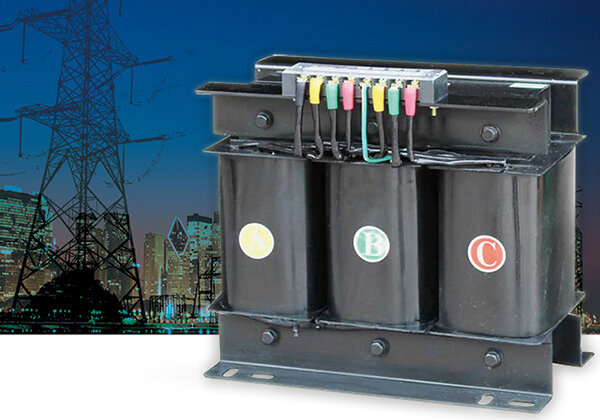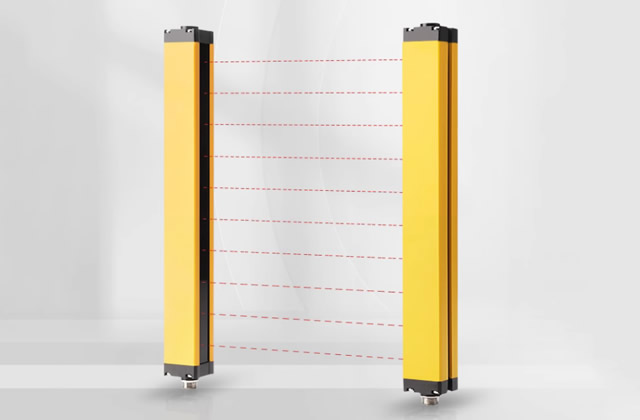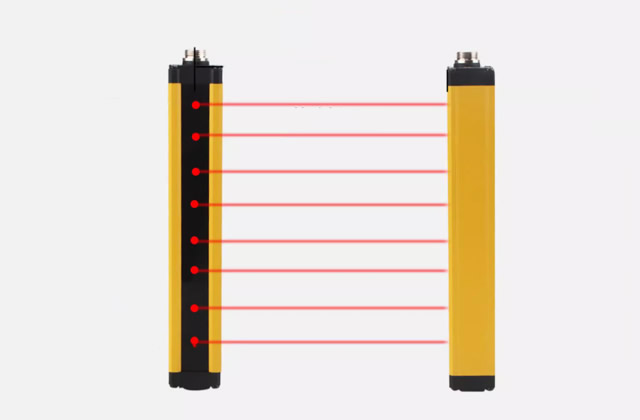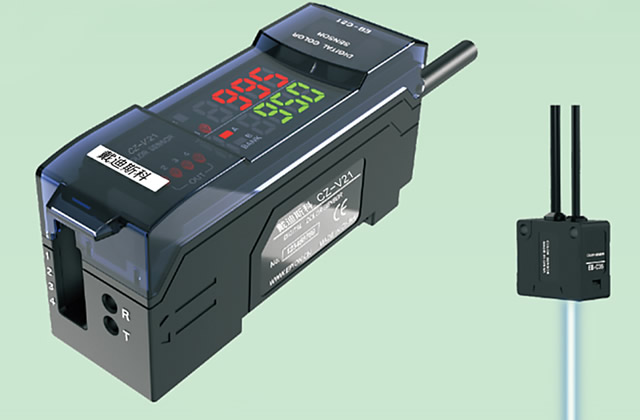1. Capacity level of transformer
30, 50, 63, 80, 100, 125, 160 , 200, 250, 315, 400, 500, 630, 800, 1000, 1250, 1600, 2000, 2500, 3150, 4000, 5000, 6300, 8000, 10000, 12500, 16000, 20000, 25000, 31500, 40000, 50 000 , 63000, 90000, 120000, 150000, 180000, 260000, 360000, 400000 kVA. Generally, transformers with a capacity of 630KVA and below are collectively called small transformers; transformers with a capacity of 800~6300KVA are called medium-sized transformers; transformers with a capacity of 8000~63000KVA are called large transformers; transformers with a capacity of 90000KVA or above are called extra-large transformers.
The selection of transformer capacity has a great impact on the overall investment benefit. If the transformer capacity is selected too large, the “big horse and small cart” phenomenon will occur. Not only will the one-time investment be large, but the no-load loss will also be large. If the transformer capacity is selected too small, the load loss of the transformer will increase, which is economically unreasonable and technically unreasonable. Not feasible.
The optimal load factor of the transformer (that is, the load factor when the efficiency is highest) is not under the rated condition, but between 40% and 70%. If the load factor is too high, the loss will increase; on the other hand, due to the small capacity and margin of the transformer, a slight increase in load will require the replacement of a large-capacity box transformer. Frequent capacity increases will inevitably increase investment and affect the power supply.
The selection of transformer capacity should be based on the existing load and proper consideration of load development. The selection of voltage transformer capacity can be determined according to the five-year power development plan.
2. Transformer capacity calculation formula
1. Conventional method
According to “Power Engineering Design” Manual”, the transformer capacity should be selected according to the calculated load. For a single transformer that supplies power with a stable load, the load factor is generally about 85%. That is: β=S/Se where: S——Calculate load capacity (kVA); Se——Transformer capacity (kVA); β——Load rate (usually 80% to 90%).
2. Calculate the maximum power of each phase of the load
Add the load power of each phase of A phase, B phase and C phase independently, such as A phase The total load power is 10KW, the total power of phase B load is 9KW, the total power of phase C load is 11KW, and the maximum value is 11KW. (Note: The power of each single-phase device is calculated according to the maximum value on the nameplate. The power of the three-phase device divided by 3 is equal to the power of each phase of the device.) For example: the total power of the C-phase loadRate = (Computer 300W X 10 units) + (Air conditioner 2KW Phase = 33KW (total three-phase power of the transformer)
Total three-phase power / 0.8, this is the most important step. More than 90% of the transformers currently sold on the market have a power factor of only 0.8, so it needs to be divided by 0.8 power factor.
33KW / 0.8 = 41.25KW (total power of transformer)
41.25KW / 0.85 = 48.529KW (power of transformer that needs to be purchased), then you can choose a 50KVA transformer when purchasing .
Attention:: First of all, the rated capacity of the transformer should be the maximum load apparent power that can ensure the normal operation of the transformer under the specified conditions of use; then this apparent power It is the output power of the transformer, and it is also the apparent power that the transformer can carry the maximum load; and when the transformer is in rated operation, the output apparent power of the transformer is equal to the rated capacity; when the transformer is in rated operation, the input apparent power of the transformer is greater than the rated capacity.

3. How to choose transformer capacity
1. Use the calculation load method to estimate
First find the total calculation load to be supplied by the transformer, and then estimate according to the following formula:
Total capacity of the transformer = total calculation load + Consider future capacity expansion margins.
2. Use the most economical operation effect method to estimate
The optimal economic load of the selected transformer is equal to or close to the actual use load, that is: The transformer capacity is approximately equal to S/Beta m, where S–actual load, KVA; Beta m–the load rate at the highest efficiency of the selected transformer.
The capacity of the transformer selected according to the above formula is often too large. The transformer selected according to the load rate beta m corresponding to the highest efficiency will not necessarily allow the enterprise to get the best results if it operates under the highest efficiency working conditions. Economic benefits. This is due to the failure to comprehensively consider various factors that affect the economic selection of enterprise transformers.
3. Minimum annual power lossMethod to select transformers
This method is suitable for different enterprise properties, production shifts and load curves. It selects the transformer capacity based on the principle of minimum annual power loss. Therefore, from It is more reasonable from an energy saving perspective. The calculation results show that the transformer capacity should be selected between the use load and the highest economic load. Enterprises operating one shift can select transformer capacity according to the load, or leave a slight margin; enterprises with intermittent second shifts and intermittent third shifts can select transformers with capacities of about one and two levels higher respectively in proportion to the use load; three shifts Continuous system enterprises can select transformers according to the most economical load.
However, this method only considers the minimum annual power loss and does not consider other factors. Therefore, it is still not comprehensive. It is economical and reasonable to determine the transformer installation capacity based on the minimum annual power loss and the lowest operating cost of the transformer, and comprehensive consideration of the investment in transformer installation.
Note: When selecting a transformer, the transformer capacity, voltage, current and environmental conditions should generally be considered comprehensively. The capacity selection should determine the required load based on the capacity, nature and usage time of the user’s electrical equipment, so as to select the transformer capacity.
Statement: The above content comes from the program system index or netizen sharing. It is for your reference only and does not represent the research views of this website. Please pay attention to the authenticity and authority of the source of the content. Apply for deletion >> Correction >>
If the website content violates your rights, please contact us to delete it。








